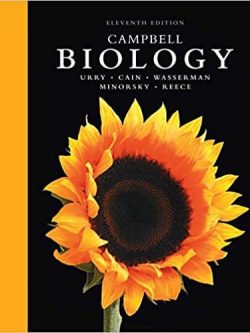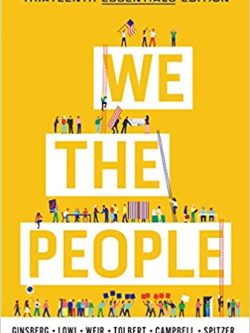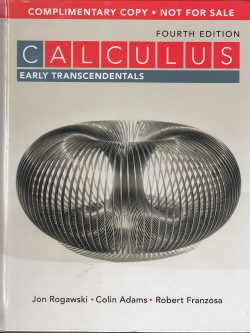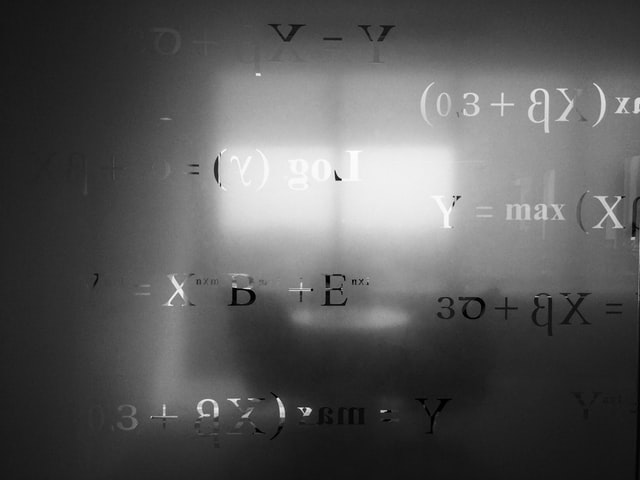- Art
Prebles’ Artforms- Introduction to the Visual Arts (12th edition)
Original price was: $39.99.$24.99Current price is: $24.99.$19.99 Add to cart - Biology
Campbell Biology (11th Edition)
Original price was: $39.99.$24.99Current price is: $24.99.$19.99 Add to cart - Politics
We the People: An Introduction to American Politics (13th Edition – Essentials)
Original price was: $39.99.$24.99Current price is: $24.99.$19.99 Add to cart - Calculus
Calculus: Early Transcendentals (4th Edition)
Original price was: $39.99.$24.99Current price is: $24.99.$19.99 Add to cart
Featured Book
Popular Categories
Browse Through Our Complete Library
Tons of Books
Over 3000 books, under different categories.
Hundreds of Authors
Hundredths of authors specialized in each study area.
Easily Bookmarked
Instant Delivery after payment completion.
New Books
- Education Studies & Teaching - Education - General & Miscellaneous
Psychology of Learning for Instruction (3rd Edition)
Original price was: $39.99.$24.99Current price is: $24.99.$19.99 Add to cart - Computers - Programming
Computer Science; A Structured Approach Using C (3rd Edition)
Original price was: $39.99.$24.99Current price is: $24.99.$19.99 Add to cart - Chemistry - Chemistry - General & Miscellaneous
Chemistry: The Central Science (13th Edition)
Original price was: $39.99.$24.99Current price is: $24.99.$19.99 Add to cart - Relationships & Lifestyle - The Art of Communication
Intercultural Communication for Global Business; How leaders communicate for success (1st Edition)
Original price was: $39.99.$24.99Current price is: $24.99.$19.99 Add to cart

%50 OFF
MEDICINE BOOKS
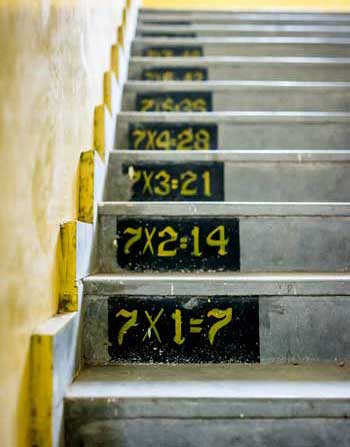
%40 OFF
MATHEMATICS BOOKS

%70 OFF

